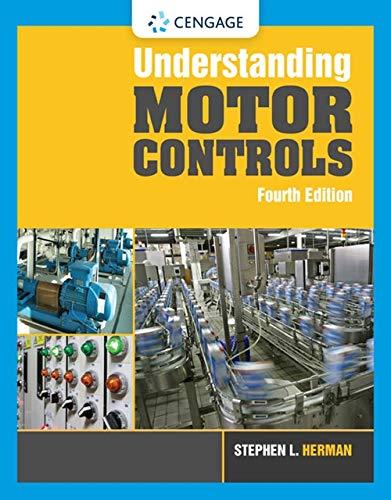
Concept explainers
The intrinsic electrical conductivity of
The intrinsic electrical conductivity of
Answer to Problem 82AAP
The intrinsic electrical conductivity of
The intrinsic electrical conductivity of
Explanation of Solution
Write the expression for the conductivity of
Here, the intrinsic carrier is
Convert the temperature from degree Celsius to Kelvin.
Convert the temperature from degree Celsius to Kelvin.
Write the expression for the conductivity of
Here, the Boltzmann constant is
Write the expression for the conductivity of
Conclusion:
Here, the charge is
Substitute
Substitute
Substitute
Thus, the intrinsic electrical conductivity of
Thus, the intrinsic electrical conductivity of
Want to see more full solutions like this?
Chapter 14 Solutions
Foundations of Materials Science and Engineering
- Define the electrical power in terms of resistance R, current I, and potential difference V.arrow_forwardA 90 wt% Cu - 10 wt% Ni alloy is known to have an electrical resistivity of 1.90 x 10-7 Ω * m at room temperature (25◦C). (a) Calculate the composition of a copper-nickel alloy that gives a room-temperature resistivity of 2.5 x 10-7 Ω * m. The room-temperature conductivity of pure copper is 6.0 x 107 [(Ω * m)−1] (from Table 18.1); assume that copper and nickel form a solid solution. (b) Briefly discuss the validity of your assumption that copper and nickel form a solid solutionarrow_forwardThe inner conductor of a coaxial cable has a diameter of 0.5 mm, an outer conductor an inner diameter of 6 mm and a length of 50 m. If the inner and outer conductors of the coaxial cable will be joined at one end of the cable, and if the permeability of the insulating material is µ = 4πx10^-7 H/m, what will be the inductance of the cable?arrow_forward
- Explain the following, related to physical insight to internal energy (iv) Internal energy (v) spin energy (vi) sensible energy.arrow_forwardThe band gap in silicon is 1.12 eV. Calculate the maximum wavelength of electromagnetic radiation that results in promotion of electrons from the valence to the conduction band.arrow_forwarddefine transverse conductivity of a material. what internal and external forces effect affect transverse conductivityarrow_forward
- The number of unit cells in 1 m^3 of copper (r copper = 0.128 nm) is 2.1 x 10^28 4.2 x10^28 6.5x10^28 2.1x 10^29arrow_forwardHow many nanostructured dimensions does a C nanotube have? Does a C nanotube with its nanostructured dimensions always have the same properties? If not, explain what the electrical conductivity properties in a nanotube depend on?arrow_forwardDistinguish between conductors and semiconductors under the following headings: temperature, coefficient of resistance and band theory.arrow_forward
- The free charge density in copper is 1.81x1010 C/m 3 . For a current density of 8x106A/m2, solve the electric field intensity and the drift velocity.Look at the table for more information.arrow_forwardA is the simplest type of semiconductor.arrow_forwardDraw a plot showing the variation of photoelectric current with collector plate potential for two different frequencies, v1 > v2, of incident radiation having the same intensity. In which case will the stopping potential be higher? Justify your answer.arrow_forward
 Automotive Technology: A Systems Approach (MindTa...Mechanical EngineeringISBN:9781133612315Author:Jack Erjavec, Rob ThompsonPublisher:Cengage Learning
Automotive Technology: A Systems Approach (MindTa...Mechanical EngineeringISBN:9781133612315Author:Jack Erjavec, Rob ThompsonPublisher:Cengage Learning Understanding Motor ControlsMechanical EngineeringISBN:9781337798686Author:Stephen L. HermanPublisher:Delmar Cengage Learning
Understanding Motor ControlsMechanical EngineeringISBN:9781337798686Author:Stephen L. HermanPublisher:Delmar Cengage Learning

